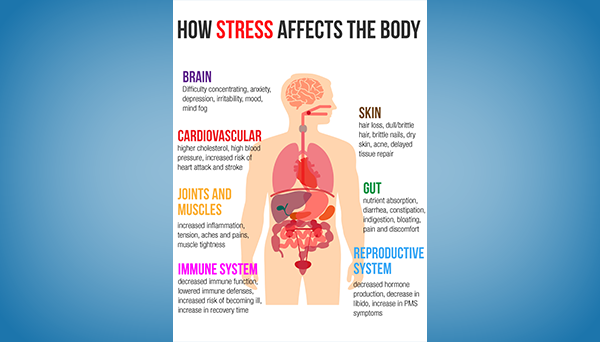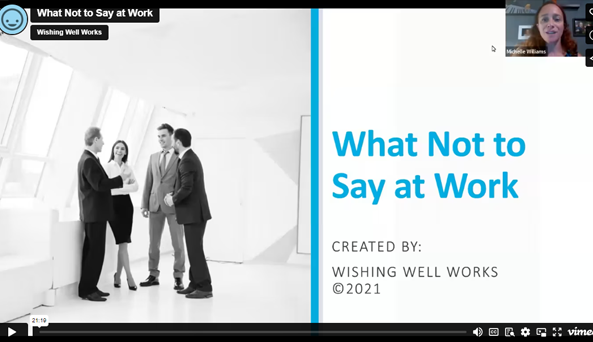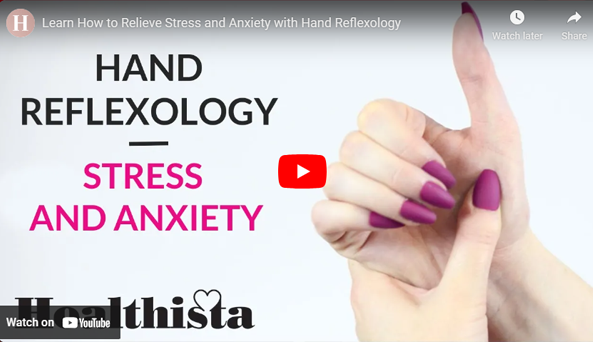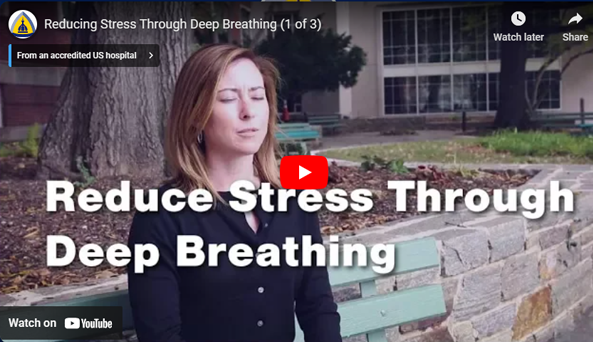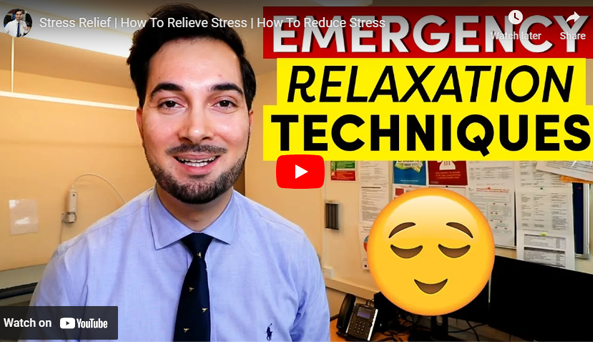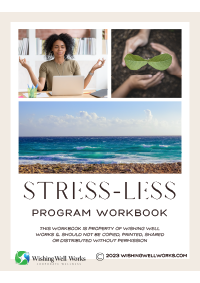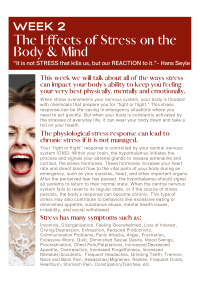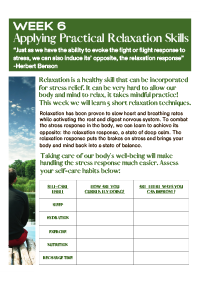Stress Physiology
Stress Physiology
Understanding why stress occurs and employing effective management strategies are crucial for maintaining overall well-being and managing the impact of stress on physical and mental health. Coming to understand your personal stress and the best stress management strategies for you is imperative to preventing chronic stress, improving coping mechanisms, enhancing performance and productivity, promoting physical and mental health, fostering positive relationships, and ultimately achieving a better overall quality of life. Take a look below to understand the stress response in the body and strategies to calm these effects.
Physiological Stress Response
The physiological stress response, also known as the “fight or flight” response, is a complex reaction that occurs in the body when an individual perceives a threat or a stressful situation. This response is designed to help the body deal with immediate danger by preparing it to either confront the threat or flee from it. Here are the key components of the physiological stress response:
- Perception of Stress: The stress response begins with the perception of a stressful stimulus. This could be a physical threat, such as a loud noise or a dangerous animal, or a psychological stressor, such as a tight deadline or an emotional confrontation.
- Activation of the Sympathetic Nervous System (SNS): Upon perceiving the stressor, the brain signals the adrenal glands to release hormones, including adrenaline (epinephrine) and noradrenaline (norepinephrine). These hormones trigger the activation of the sympathetic nervous system, which is responsible for the “fight or flight” response.
- Increased Heart Rate and Blood Pressure: Adrenaline and noradrenaline cause the heart rate to increase, which helps pump more blood to the muscles and organs. Blood pressure also rises to ensure adequate oxygen and nutrient delivery to the body’s tissues.
- Increased Respiration: Breathing becomes rapid and shallow, allowing more oxygen to enter the lungs and be transported to the bloodstream, which is essential for providing energy to the muscles.
- Release of Glucose: The stress response triggers the liver to release stored glucose (sugar) into the bloodstream. This extra glucose provides immediate energy for the muscles and brain to respond to the perceived threat.
- Suppression of Non-Essential Functions: During the stress response, non-essential functions such as digestion and immune system activity are temporarily suppressed. This redirection of resources allows the body to prioritize the functions needed for immediate survival.
- Return to Homeostasis: Once the perceived threat or stressor subsides, the parasympathetic nervous system helps restore balance (homeostasis) by slowing down heart rate, respiration, and other physiological processes. The body then recovers from the stress response and resumes normal functioning.
Oftentimes in the case of chronic stress, the body does not fully return to homeostasis and this can wreak havoc on our physical and mental health. Learning effective stress management techniques and ways to return the body back to homeostasis can help individuals cope with stress more effectively and reduce its long-term impact on the body.
Stress Management & Relaxation Techniques
There are several effective ways to manage stress and reduce the stress response in the body. These strategies focus on promoting relaxation, improving coping skills, and fostering overall well-being. Here are some techniques that can help:
- Deep Breathing Exercises: Practice deep breathing techniques, such as diaphragmatic breathing or belly breathing. Inhale deeply through your nose, allowing your abdomen to expand, and then exhale slowly through your mouth. Deep breathing can help calm the nervous system and reduce stress levels.
- Progressive Muscle Relaxation (PMR): PMR involves tensing and then relaxing different muscle groups in your body, starting from your toes and working your way up to your head. This technique helps release physical tension and promotes relaxation.
- Mindfulness Meditation: Engage in mindfulness meditation practices to focus your attention on the present moment without judgment. Mindfulness can reduce stress and anxiety by promoting a sense of calmness and awareness.
- Yoga and Tai Chi: Participate in yoga or Tai Chi classes, which combine physical movement, breath control, and meditation. These practices can improve flexibility, reduce muscle tension, and promote relaxation.
- Physical Exercise: Engage in regular physical activity, such as walking, jogging, swimming, or cycling. Exercise releases endorphins, the body’s natural stress-relieving hormones, and helps improve mood and reduce anxiety.
- Time Management: Organize your schedule, prioritize tasks, and set realistic goals to manage time effectively. Breaking tasks into manageable steps can reduce feelings of overwhelm and stress.
- Hobbies and Leisure Activities: Engage in activities you enjoy, such as reading, listening to music, gardening, painting, or playing a musical instrument. Hobbies and leisure activities can be a source of relaxation and stress relief.
- Seek Professional Help: If stress becomes overwhelming or persistent, consider seeking help from a mental health professional. Therapy, counseling, or stress management programs can provide personalized strategies and support.
It’s important to note that different techniques may work better for different individuals, so it can be helpful to explore and experiment with various stress management strategies to find what works best for you. Incorporating these practices into your daily routine can contribute to a healthier and more balanced life, reducing the impact of stress on your body and mind.
On-Demand Session
What Not to Say at Work
Everyone has put their foot in their mouth at one point or another, and usually a simple apology is sufficient. However, it is important to maintain certain professional qualities in order to prevent saying something that will cause more severe implications.
Presenter: Michelle Williams

Michelle Williams is the owner of Wishing Well Works, a corporate wellness company local to Tampa Bay. She has a graduate degree in human behaviors and has been working as a health educator for almost 20 years and has a team of GURUs that offer classes to businesses all over the Tampa Bay and New England areas.
On-Demand Videos
Learn How to Relieve Stress and Anxiety with Hand Reflexology
Reducing Stress Through Deep Breathing
Stress Relief | How To Relieve Stress | How To Reduce Stress
